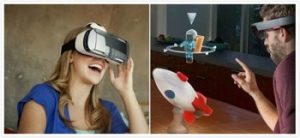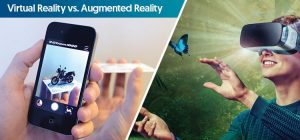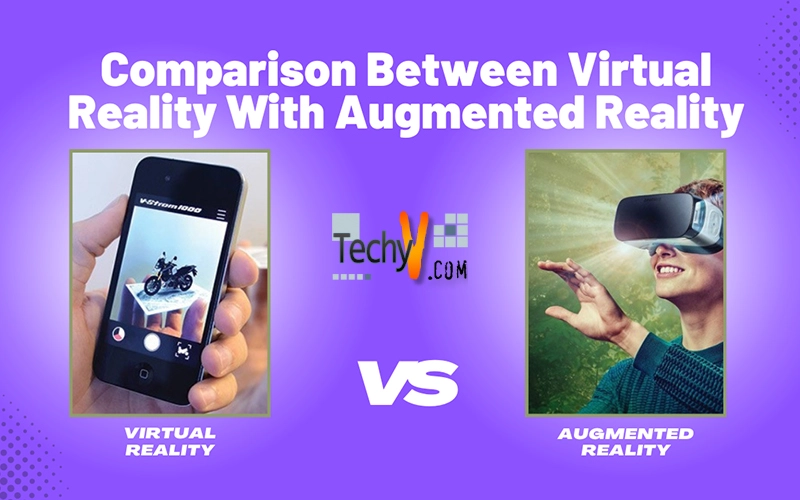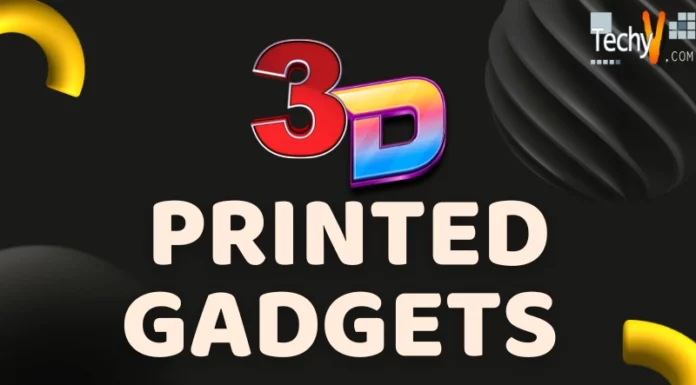The blast of enthusiasm for Virtual Entertainment over the recent years, there’s been a variety of names tossed around for various experience writes. Virtual Reality Mixed Reality, Augmented Reality, Extended Reality, and so on. The innovation is new to the point that the vast majority experience considerable difficulties characterizing the contrasts between everyone is Virtual Reality.
Virtual Reality
As of now the most prominent/standard type of virtual diversion, the whole reason for VR is to remove you from your typical condition and place you into another one. VR characterized by Degrees of Freedom (otherwise called “DOF”), AKA, a way you can move around and communicate with your virtual condition. There are sums of 6 Degrees of Freedom in a 3– dimensional space. Up until this point, the essential kinds that rule the market today are 3 DOF Systems and 6 DOF Systems.
The Degrees of Freedom which is in six is isolated into two isolate classifications: Rotational Movements, and Translational Movements. Both of these classifications each have 3 DOF traits –
Rotational Movements incorporate Pitch, Yaw, and Roll. These developments are processed by (HMD) Head Mounted Displays board sensors. When you turn and tilt the Head Mounted Displays faculties, they grow and adjust its show likewise. HMD is the thing that you find in low-end frameworks like the Samsung Gear and Google Daydream headsets.

Translational Movements incorporate Right/left, Upward, Downward, and Backward/Forward. HMD is followed by a camera like the Oculus Rift camera or different sensors like the HTC Vibe’s “Beacon” following framework.
The Degrees of Freedom which is six is needed for a genuinely immersive VR encounter since it’s difficult to mainly get into the VR encounter on the off chance that you cannot move around regularly. At present, the vast majority comprehend VR through 360° recordings on Facebook and YouTube, both of which confined to 3 DOF.
Try not to misunderstand me, 3 DOF is incredible for common applications like venturing out to better places the world over, viewing a 360 video of your most loved show, or notwithstanding riding an energized prepare through the Internets image infrastructure. But sitting in your seat with just your head moving does not feel like genuine VR isn’t that right?
At present, 6DOF is not that much typical when compared with 3 DOF, since you needn’t bother with a headset to utilize 3 DOF VR (you can move your telephone around as opposed to lashing a bit of equipment to your face).
Be that as it may, when analyzed next to each other, the distinctions in the encounter are enormous. Beyond any doubt, you can glance around in a 360 video, yet you don’t feel like you’re entire. That is the place 6 DOF comes in. You’re ready to remain in a room and move around as you regularly would, strolling or bouncing around as much however you see fit.
Augmented Reality:
This one is substantially more basic. A great many people will either allude to Augmented Reality by “AR,” or it’s less famous second-name Mixed Reality. Wikipedia discloses to us that “AR is a live immediate or roundabout perspective of a physical, certifiable condition whose components are expanded (or supplemented) by PC created tactile information, for example, sound, video, designs or GPS information.” The key here is continuous cooperation; you can overlay PC illustrations onto this present reality, and associate with them all the while.
Enlarged Reality is diverse in that it doesn’t expel you from your environment as VR does. While VR frameworks will completely close out your general surroundings while you’re inside the headset, AR enables you to glance around, while setting up objects and information around you to collaborate. This sort of experience appears in applications like Pokemon GO, or your most loved Snap chat Filters.

While AR is right now less pervasive than VR, we’re seeing significant organizations bounce on the buildup prepare for AR, with Microsoft’s HoloLens standing out, and Apple as of late recording a patent for another AR framework for “speaking to a virtual protest in a genuine domain.” VR apparently has higher diversion esteem, while AR is taken a gander at as to a higher degree a useful utility apparatus.


















